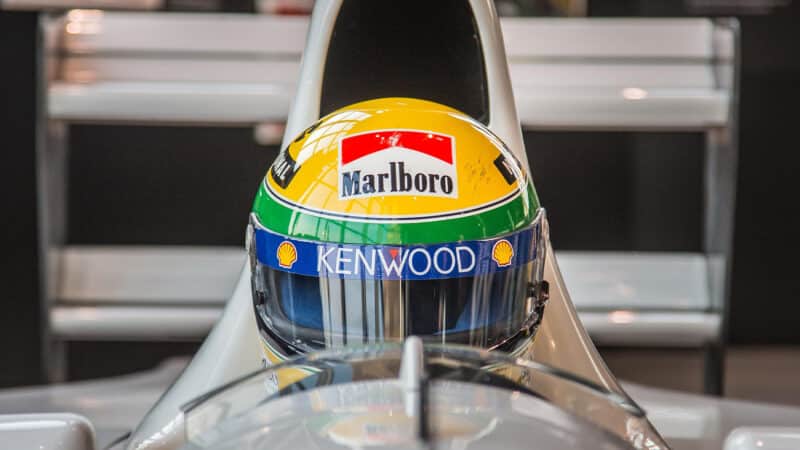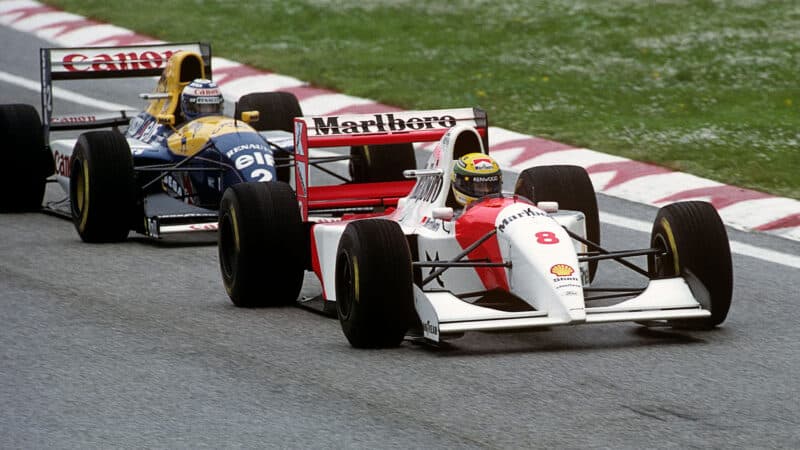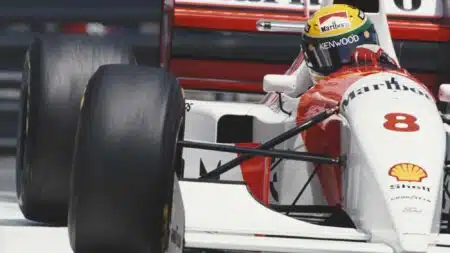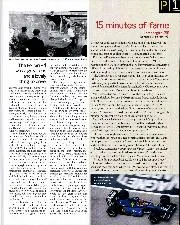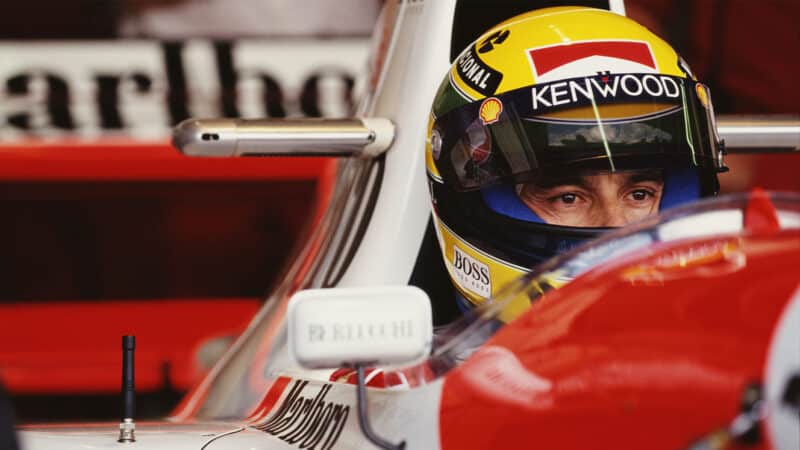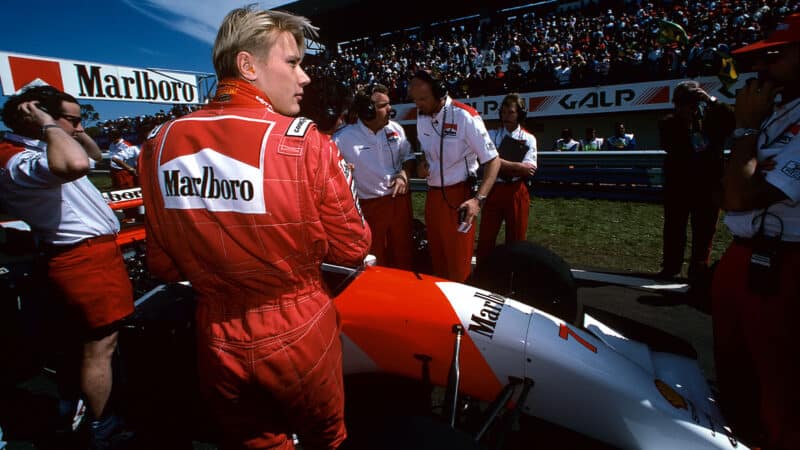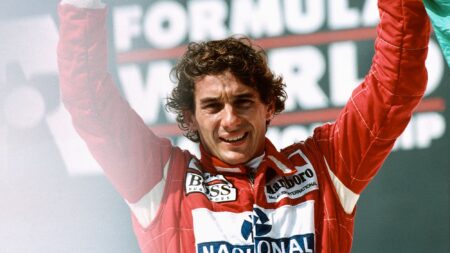“Chrysler were keen to know how good their engine was, because it had been in the Larousse and various other things that hadn’t done very well at all, but Lamborghini were convinced it was good and had lots of horsepower.
“Martin Whitmarsh and Ron were sceptical of the numbers that Lamborghini were quoting [750bhp]. Martin went over to Italy to watch it on the dyno though and was suitably impressed with the numbers which he saw materialise.”
The engine had been designed by legendary Ferrari engineer Mauro Forghieri – at that point probably the single-biggest influence on the Scuderia’s success after its founder Enzo.
However, the Lamborghini unit hardly had rave reviews up to that point. Derek Warwick had become familiar with an earlier iteration during his Lotus stint in 1990, calling it “All noise and no go”.
Jeffreys was reporting to McLaren’s then design chief Neil Oatley, who also shared his memories of the McLambo with Motor Sport.
“It had potential,” he says, observing its performances in particular when used by the Forghieri-run Modena racing team, in the tentatively titled Lambo 291 car. “But it was very much an Italian engine run in an Italian team.
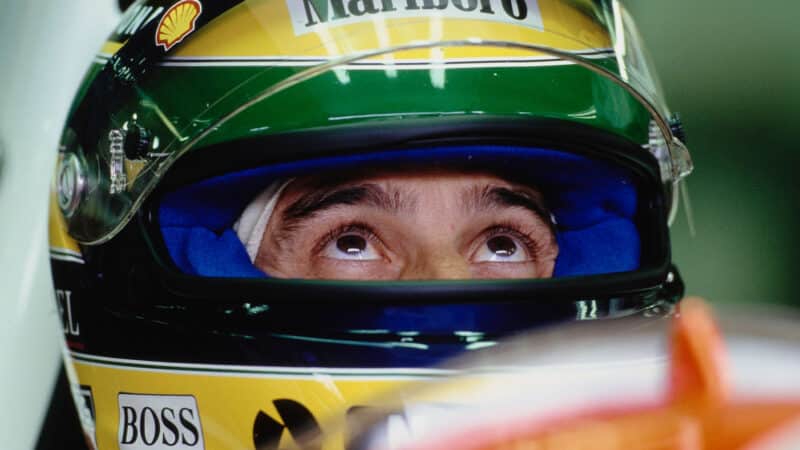
Senna had been praying for a solution to the Ford’s lack of horses
Getty Images
“It had shown some promise, but rarely maintained performance over an hour and a half on a Sunday afternoon.”
Forghieri and the head of Lamborghini’s F1 operations Daniele Audetto – who had been Ferrari team manager during the famous 1976 Lauda vs Hunt F1 season – were more confident of its reliability.
“I think that the [McLaren] relationship with Peugeot was already pretty well established in the summer of ’93,” says Jeffreys.
“So this [Lamborghini trial] was obviously not secret, but I’m sure that didn’t go down well with Peugeot, or maybe it was to keep them on their toes a little bit, if it was not necessarily a done deal.”
He explains how the team was well-equipped to produce a Macca mule to take on the Italian bull, but still had a challenge on its hands.
“We had made other ‘B’ cars: the MP4/3B in ’87 and MP4/4B in ’88, putting different engines in the back of what were essentially similar chassis was something we were well versed in.
“To install the obviously longer [and heavier, by 18kgs] engine, ‘stretching’ the ‘8’ occurred after the rear bulkhead.
